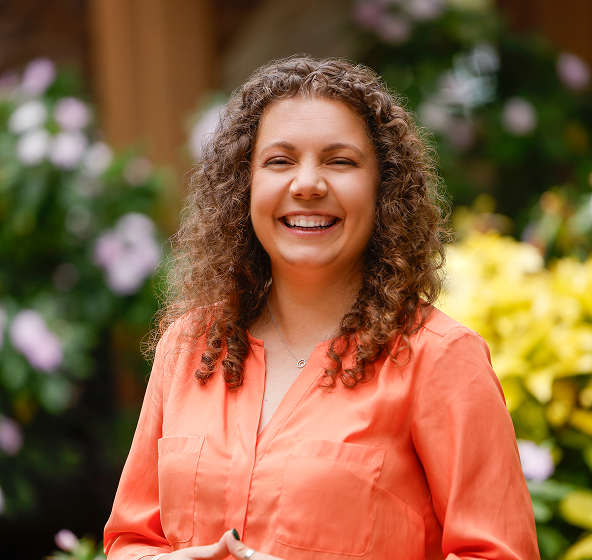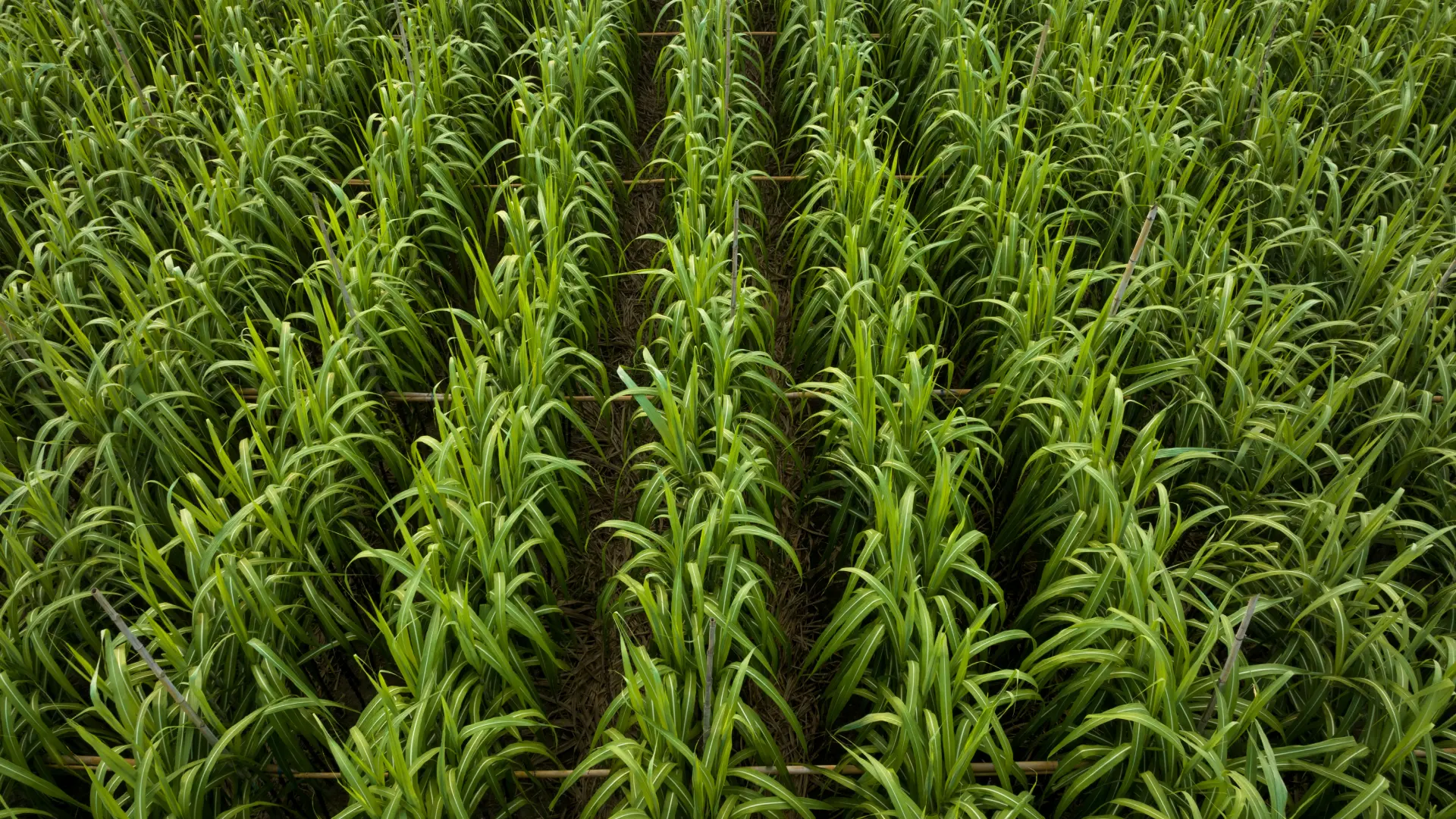AT JUST 26 and still at uni, aerospace engineering student Anastasia Volkova has already raked in $1.5 million for her start-up idea (published on News.com.au)
AN AUSSIE start-up, born out of a program designed to get uni students out of their textbooks and into the real world of business, has brought together drones, satellites, farmers and fertiliser to create an unlikely success story.
The brainchild of University of Sydney student Anastasia Volkova, FluroSat is a data analytics platform for farmers which combines drone and satellite imagery with algorithms to assess plant health, diagnose problems and direct fertiliser application.
So far, 130 farms have signed up to its test platform in a little over a year.
“The easiest way to imagine it is like an X-ray for plants,” the 26-year-old said. “When taking an X-ray you can separate tissues from bones. When you take a camera that has very high spectral resolution, you can see every wavelength of light being separated into different layers of information, just like bones and muscles.
“The system basically highlights the hot spots which are inconsistent with the rest of the field. Farmers use this map to identify where crops need more fertiliser.
“We are working with high-value and commodity crops, mostly focusing on big acreages that require high management — wheat, canola, barley — those types of crops where we can make the most impact.”
FluroSat has also raised $1.5 million in grants and investments from ag-tech companies, CSIRO’s Main Sequence Ventures and venture capital firm AirTree Ventures, with plans to develop its technology and expand into the US.
Ms Volkova, who completed her bachelor’s degree in her native Ukraine before moving to Poland to study for her master’s, is currently completing a PhD in autonomous drone navigation at the University of Sydney’s School of Aerospace, Mechanical and Mechatronic Engineering.
She said while studying in Europe, she went for a number of internships with large aerospace companies, but decided it wasn’t for her.
I realised it would be a predictable, structured approach to a career, but it seemed I’d be investing quite a few years into what somebody else would tell me to do,” she said. “I didn’t really think that was aligned with my nature.
FluroSat founder Anastasia Volkova to News.com.au
FluroSat was born out of a pilot program called “Inventing the Future”, which brings undergraduate and postgraduate students from science, engineering, design and business to work on commercial solutions to real-world problems.
“We give them a brief — we don’t tell them how to respond. They have to come up with an idea,” said Maryanne Large, associate professor of innovation and commercialisation at the University of Sydney’s Faculty of Science and founder of the program.
Prof Large said the goal of the program, which had so far run two cohorts with 20 students each, was to bridge the gap between academia and industry.
I was worried that a lot of research was happening and there was a lot of deep expertise in the university that was not getting translated and not having an impact outside of the university system, she said.
Prof Marianne Large to News.com.au
That’s a big, systemic problem, not just in Australia, but I think particularly in Australia. The approach I took was, through education, to try to make sure the next generation of researchers actually know how to take something to commercialisation.
Prof Large said while she didn’t measure the success of the program by the number of companies it spawned, another two looked promising — mineral exploration firm Earth-AI, which had already raised $500,000, and degradable plastics maker BioChite, currently in the university’s incubator program.
Brooke Sauer, digital agriculture manager at agribusiness firm McGregor Gourlay, one of FluroSat’s commercial partners, said the technology could help farmers work more efficiently. “The way most farmers manage now is sort of almost a little bit on gut feel,” she said.
If you rely on soil testing and maybe to a certain degree tissue testing, it’s all about how much nitrogen may or may not be left in a field at any given point in time. [Using satellite imagery] we can establish what the nitrogen level is on a spatial capacity, rather than taking one or two tests in a large field.
Ms Sauer said it was hard to quantify the bottom-line impact for farmers. “It’s probably not unfeasible to say in certain seasons and certain conditions, having this information and being able to act appropriately could improve yields by 20 per cent or more in some areas,” she said.
But in others you might not be getting more yield but your profit margin improves because resources are used more efficiently. The benefit will always be individual.



